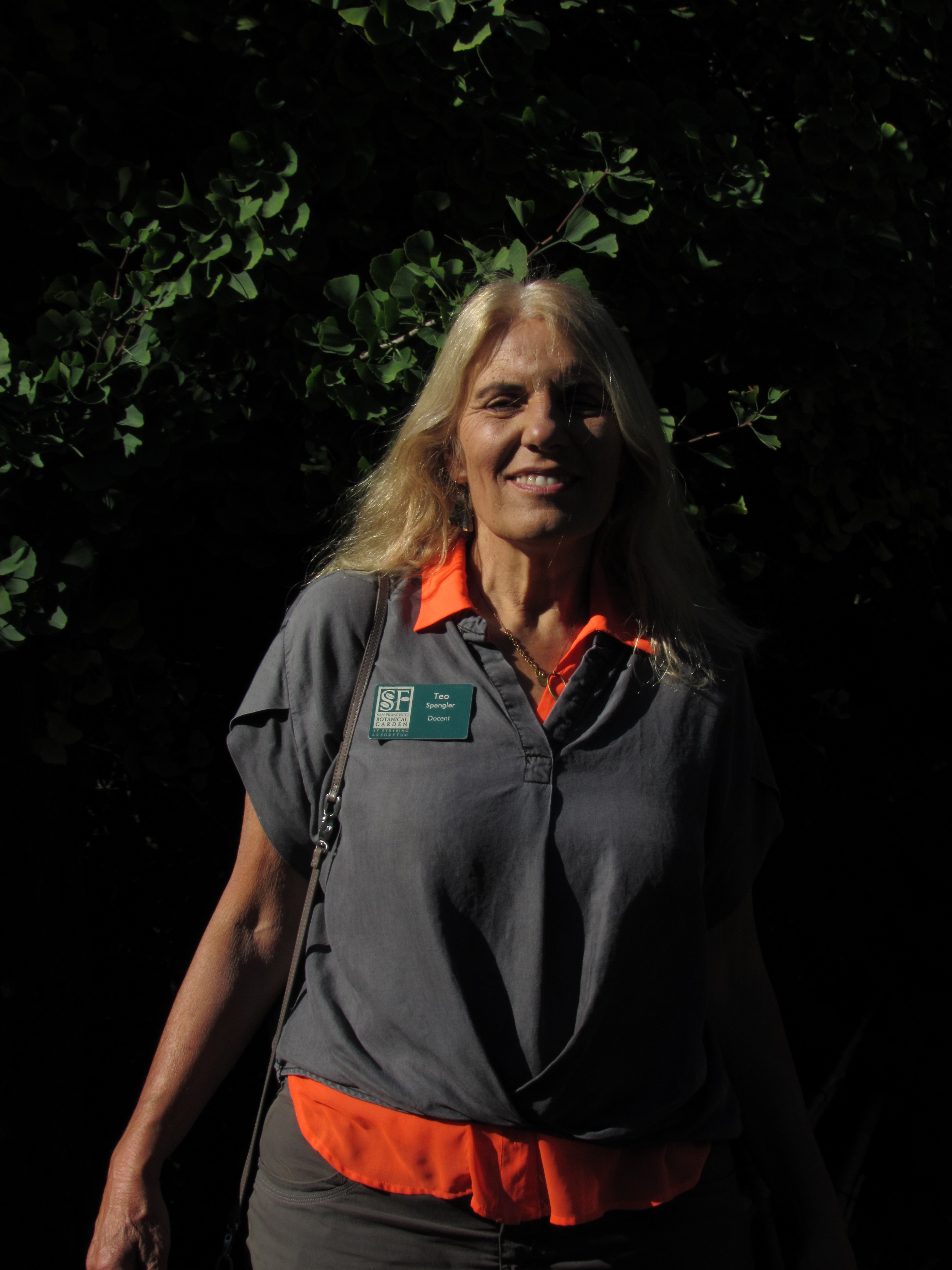Heirloom Cabbage Info: Tips For Growing Danish Ballhead Cabbage Plants


Cabbage is a popular winter crop in this country, and Danish Ballhead heirloom cabbage (Brassica oleracea var. capitata 'Danish Ballhead') is among the top favorite varieties. For more than a century, Danish Ballhead cabbage plants have been grown as dependable winter crops in cool locations.
If you are interested in growing this type of cabbage, read on. We’ll give you information on this variety and tips on Danish Ballhead cabbage care.
Danish Ballhead Heirloom Cabbage
Europeans have been growing Danish Ballhead for centuries. The early strain of this heirloom vegetable was the Danish variety Amager, named for the island of Amager near Copenhagen. It was cultivated as far back as the 15th century.
Specimens of this cabbage variety were introduced to the United States in 1887 as Danish Ballhead cabbage plants. It is known as a reliable storage-type cabbage that resists bolting and splitting. The heads are solid and offer a sweet, mild flavor that makes them great for boiling, slaws, and kraut.
Danish Ballhead Cabbage Seeds
If you are interested in growing Danish Ballhead cabbage, you’ll be pleased to learn that it isn’t very difficult. The variety does especially well in the northeast and mountainous regions. It doesn’t grow as well in hot areas. However, once the plants are established, they can withstand hot, dry weather and do not rot in wet seasons.
You can easily find Danish Ballhead cabbage seeds online or at your local garden store. Given the name, it is no surprise that the seeds produce round heads of cabbage, a lovely blue-green in color. They mature after 100 days and grow to about 10 inches (25 cm.) in diameter.
Danish Ballhead Cabbage Care
If you are starting Danish Ballhead cabbage seeds indoors, do so 4 to 6 weeks before the last spring frost. Transplant to the garden just before that last frost date. For outdoor planting, wait until early spring or mid-summer.
Sign up for the Gardening Know How newsletter today and receive a free copy of our e-book "How to Grow Delicious Tomatoes".
Plant the seeds at a depth of ½ inch (1.27 cm.). Cabbage care should include regular irrigation and fertilizer as well as mulching to help the soil retain moisture. Plants mature to 12-14 inches (30-36 cm.) tall and 24-28 inches (61-71 cm.) wide. The heads produced are hard and tight, and they store extremely well.

Teo Spengler is a master gardener and a docent at the San Francisco Botanical Garden, where she hosts public tours. She has studied horticulture and written about nature, trees, plants, and gardening for more than two decades, following a career as an attorney and legal writer. Her extended family includes some 30 houseplants and hundreds of outdoor plants, including 250 trees, which are her main passion. Spengler currently splits her life between San Francisco and the French Basque Country, though she was raised in Alaska, giving her experience of gardening in a range of climates.